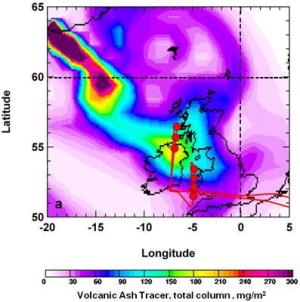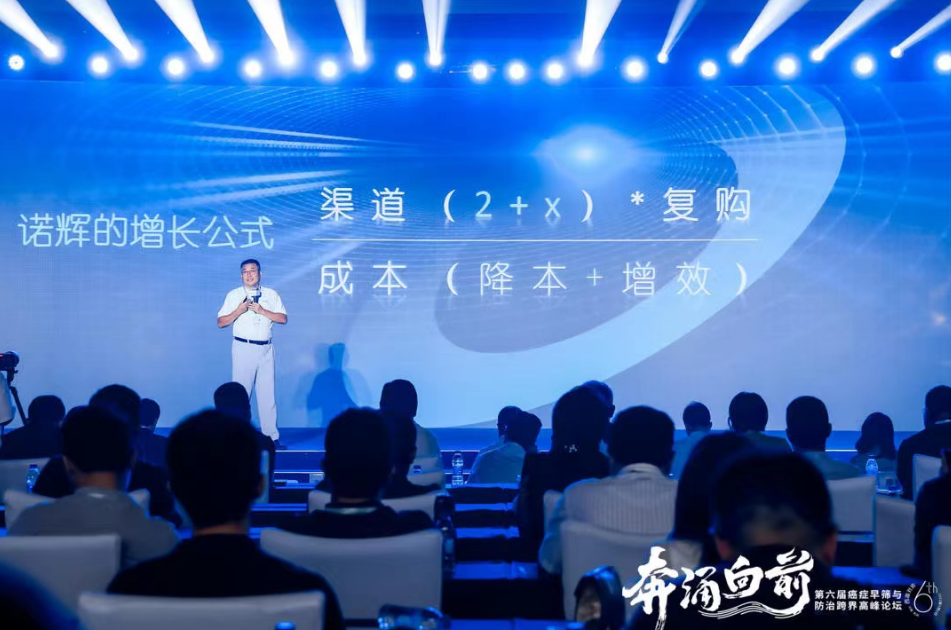摘要:马克斯普朗克研究所(Max Planck Institute)从空气传播的火山灰中得到重大的科学发现,冰岛火山口喷发一年之后,火山灰成分不仅有二氧化硫,还有游离氯自由基。氯自由基具有极强的化学活性,极少量的氯自由基对大气化学属性可产生重大影响。这一发现表明,氯自由基确实存在于火山灰中。此外,还可以检测氯自由基浓度。相关研究将要发表在Geophysical Research Letters杂志上。

冰岛火山“喷射云”的大气位置
One year after the Eyjafjallajökull volcano in Iceland brought European air traffic to a standstill its ash plume revealed a surprising scientific finding: Researchers at the Max Planck Institute for Chemistry in Mainz found that the ash plume contained not only the common volcanic gas sulfur dioxide, but also free chlorine radicals. Chlorine radicals are extremely reactive and even small amounts can have a profound impact on local atmospheric chemistry. The findings, which will be published in "Geophysical Research Letters" give solid evidence of volcanic plume chlorine radical chemistry and allowed calculations of chlorine radical concentrations.
It has been known for some time that volcanic eruptions emit chlorine-containing gases, causing scientists to suspect that highly reactive chlorine radicals could also be present. However, sufficient experimental evidence proved elusive. That changed when researchers analyzed air collected in the ash cloud emitted by the Eyjafjallajökull volcano. During three special flights conducted by Lufthansa in spring 2010 using the CARIBIC atmospheric measurement container, researchers collected air samples which they brought back to their laboratory in Mainz for analysis. Among the compounds they looked for were hydrocarbons.
"Each volcano has its own character," says Angela Baker, lead author of the paper. "We found that hydrocarbon concentrations were up to 70% lower inside the Eyjafjallajökull ash cloud than outside. Reaction with chlorine radicals was the only realistic explanation for the hydrocarbon losses. And further investigation confirmed that free chlorine radicals were the cause." The scientists calculated concentrations of up to 66,000 chlorine atoms per cubic centimeter of air. While modest compared to concentrations of other gases, chlorine radicals are normally absent, and it does not take much of these very reactive atoms to have a noticeable impact on atmospheric chemistry.
Hydrocarbons like propane and butane can be found even in the cleanest and most remote parts of the lower atmosphere. Normally they are removed when they react with hydroxyl radicals, but they react many times faster with chlorine radicals. In doing so the chlorine reactions leave their specific "signature" on the mixture of hydrocarbons in the air. This signature can, in turn, be used to calculate how many chlorine radicals were present. The Max Planck scientists who calculated volcanic ash cloud chlorine radical concentrations for the first time anticipate that similar results will be found in plumes from other volcanoes, such as the currently erupting Grimsvötn. They also hope that their method will be used during future studies to identify and understand volcanic chlorine radical chemistry.







